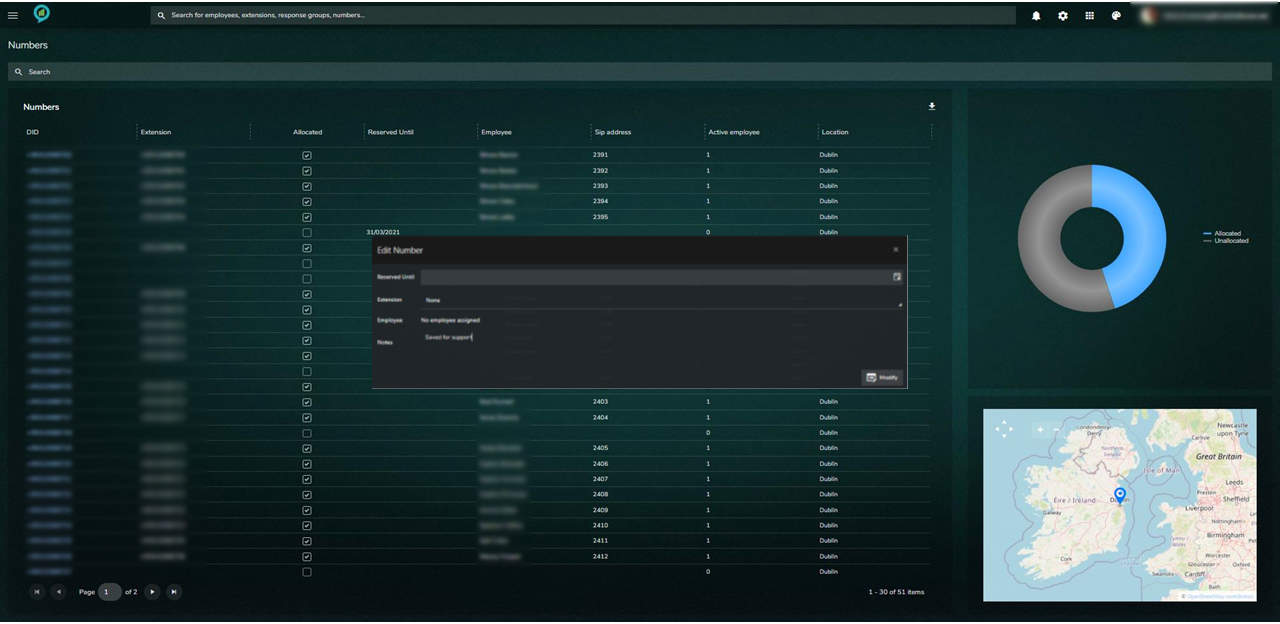By Adrian Sturdy, Product Director.
Microsoft have been integrating voice into their communications platforms since the advent of Live Communications Server in 2003. Remembering my previous job at the time, the voice integration license from a 3rd party vendor was £500 per seat and I can only remember one client we actually completed this integration for. Not surprisingly, it was an Investment Bank!
Thankfully, in the intervening years, integrating voice has become a lot easier. In those early days, there were 3rd party gateways for PSTN connectivity and then hosted SBCs and SIP trunks. Some legacy gateways are still out there, but now more common voice connections to Teams are Direct Routing, Operator Connect and Microsoft’s own calling plans.
Speaking to a current client recently, I asked how many PBX’s they still supported and he surprised me when he replied “30”. When I further questioned why they still had so many, he highlighted that they were in places where it was too difficult to replace them – for instance in industrial and manufacturing areas.
So whilst many organisations can move the entire staff base over to Microsoft Teams, there are still some management headaches that come to the fore.
I was discussing with another client about the amount of numbers he was managing and I was again surprised by his answers. He was managing 200,000 DIDs over 750 ranges with 90,000 users. Prior to using our tooling, he had a team managing all of this on spreadsheets which were, unsurprisingly, prone to error and a time consuming, labour intensive process.
He regularly got requests of 500 changes to be made every week and knowing what numbers were in use across those ranges and providers, it was nothing short of a nightmare. When he onboarded our Range Manager software (Clobba RM), the automatic generation and import of hundreds of ranges and DIDs was “a godsend”. The automatic grouping and creation of ranges from sequential DDIs obtained from within Teams CDRs, saw a significant reduction in time to firstly create accurate data and secondly removing the possible element of human error. He also commented that the cost savings and efficiency gains meant that Clobba RM paid for itself many times over in that first year.
Whilst our Range Manager makes it easy for clients to manage complex telephony provisions, it also supports the full suite of telephony options for Teams, from Microsoft calling plans to direct routing and the more recently released to market, Operator Connect.
Statistical views of the ranges and their assignments helps our customers understand utilisation across multiple ranges and where needed, they can reserve specific DIDs based on gold numbers such as those ending in 000 or 1111. When DIDs are also removed from users they can be quarantined for periods of time avoiding new starts from receiving calls destined for people who are no longer at the organisation.
Role-based access restricts users to have access to only specified locations and ranges, ideal for global organisations that have IT managers for each country or region they operate in, as well as allowing ease of management. Further efficiency gains can be realised through the provisioning of the DIDs once identified, including visibility of the next available DID in the selected range. There’s even a bulk provisioning feature!
Role-based access is an integral piece of functionality to Codes’ entire suite of solutions such as Clobba QM (Queue Manager), where delegated access allows team leaders to make basic changes to CQ and AA configuration in a timely manner. No need to trouble the IT Team and wait for the configuration to be implemented via the Teams Admin portal.
If any of the above sounds like it could benefit your organisation, please get in touch to find out just how much we can help you.





